Jane Davies is a full-time artist working in collage, painting, and encaustics. She offers workshops at her studio and nationwide, focusing on helping people to find a personal and playful approach to creating. Beginning as a potter in the early nineties, Davies gradually transitioned into freelance art, using painting and collage as her medium. For the past several years she has put most of her efforts towards teaching, writing and having fun making art. She is the author of three books on collage and mixed media, one on ceramics, and has one DVD on painting and collage techniques.
To see even more of Jane’s amazing body of work, visit any of the links below. Also check out Jane’s classes for 2015.
Website
Workshops
Collage Journeys
And now, our exclusive interview with Jane Davies
1. How would you describe your art?
My work is abstract, and primarily about abstract elements. If there is reference to specific objects, it is unconscious. I work primarily in acrylics and drawing media on paper.
2. How long have you been an artist and how did you become an artist?
I have been a professional artist of one sort or another all of my adult life. I started as a potter, morphed into a freelance artist, licensing my designs to industry, and found my Inner Fine Artist about five or six years ago. I’d always done fine art on the side, but decided to make it my primary focus when I’d had enough of the freelance business. [fusion_builder_container hundred_percent=”yes” overflow=”visible”][fusion_builder_row][fusion_builder_column type=”1_1″ background_position=”left top” background_color=”” border_size=”” border_color=”” border_style=”solid” spacing=”yes” background_image=”” background_repeat=”no-repeat” padding=”” margin_top=”0px” margin_bottom=”0px” class=”” id=”” animation_type=”” animation_speed=”0.3″ animation_direction=”left” hide_on_mobile=”no” center_content=”no” min_height=”none”][see my bio on my web site for a teeny bit more detail]
3. What is your favorite medium and why?
Acrylic and drawing media are really my favorite. They accommodate my short attention span – they are immediate and require very little drying time. I do also work in encaustic, which I love for the sheer yumminess of the material. I do find that I’ve incorporated some encaustic-type techniques into my acrylic paintings.
4. Tell us about one medium, technique or style that you would like to try working with (that you have not tried before) and why you would like to try this.
I would like to try oil and cold wax. There is something really juicy about that medium, and I love the layering possibilities. I’m not sure it would suit my short attention span.
5. How do you make time for art?
Art is my job. However, with the amount of teaching I do it is a challenge to get enough studio time. I love the teaching too, and the two activities – making art and teaching – complement and feed each other. So basically I just have to schedule my teaching so that I have breaks for more sustained studio time. On a week-by-week basis, I just block out studio time where I can, in three to four-hour chunks. To prepare for teaching I end up spending a good bit of time in the studio, making samples or demonstration pieces, so I get my art activity that way as well.
6. If you could imagine the “perfect art day” for yourself, what would it be like?
I try to make as many of these perfect art days as possible. They go like this: I spend the morning on communications, paperwork, and doing my online classes. In the afternoon I spend three or four hours in the studio, uninterrupted. A really ideal day would include a morning of teaching (online or live) and an afternoon of making art, maybe even IN the classroom with my students.
7. If you could spend 24 hours with one artist, living or historical, who would you want to spend the day with and why? What would the two of you do?
Too many to choose from.
8. Do you have any tips or advice for aspiring artists?
Yes. Make a lot of art. Make really a lot, and give art making a higher priority, by a long shot, than even taking classes or reading books about art making. It is important to get instruction and to learn techniques, but it takes time, and LOTS of art making, to absorb whatever you learn and make it your own. In the same way, it is important to look at other art, get inspiration from other artists, but it is only in the making of art that you gain from the inspiration.
I think really good and authentic art comes from being on your edge, pushing yourself just a bit beyond what feels comfortable, from NOT-knowing. If you feel out on a limb, sometimes frustrated, not sure what to do next, then you are probably doing it RIGHT. Often I find that aspiring artists have the idea that they SHOULD know what they are doing, plan out each piece of art knowing exactly where they are going, and feel competent the whole way. I say, change your expectations: let yourself get uncomfortable and out-in-the-middle-of-nowhere, and practice that state of uncertainty.
Do not worry about developing your own “style”. Just make art, and your voice will emerge. If you try to force it, you will only limit yourself. Just my two cents.


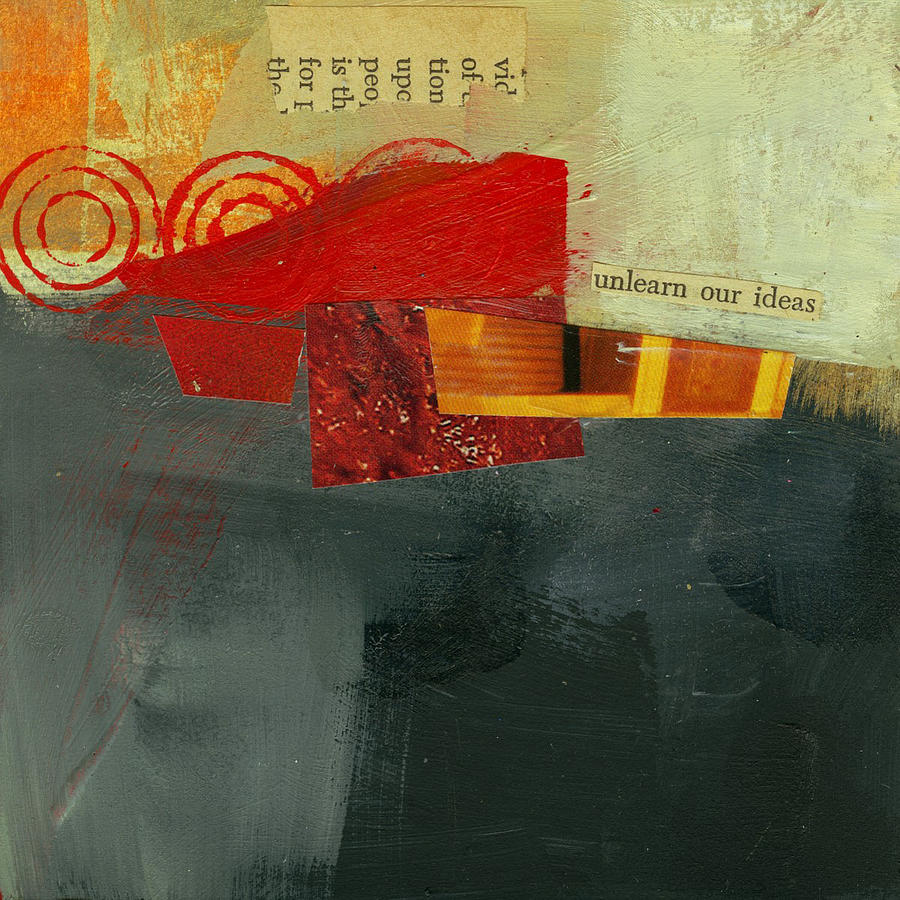
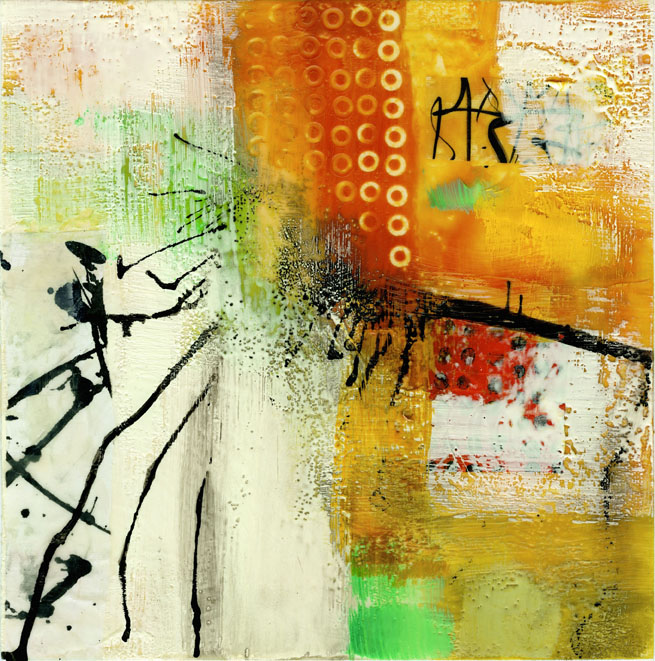
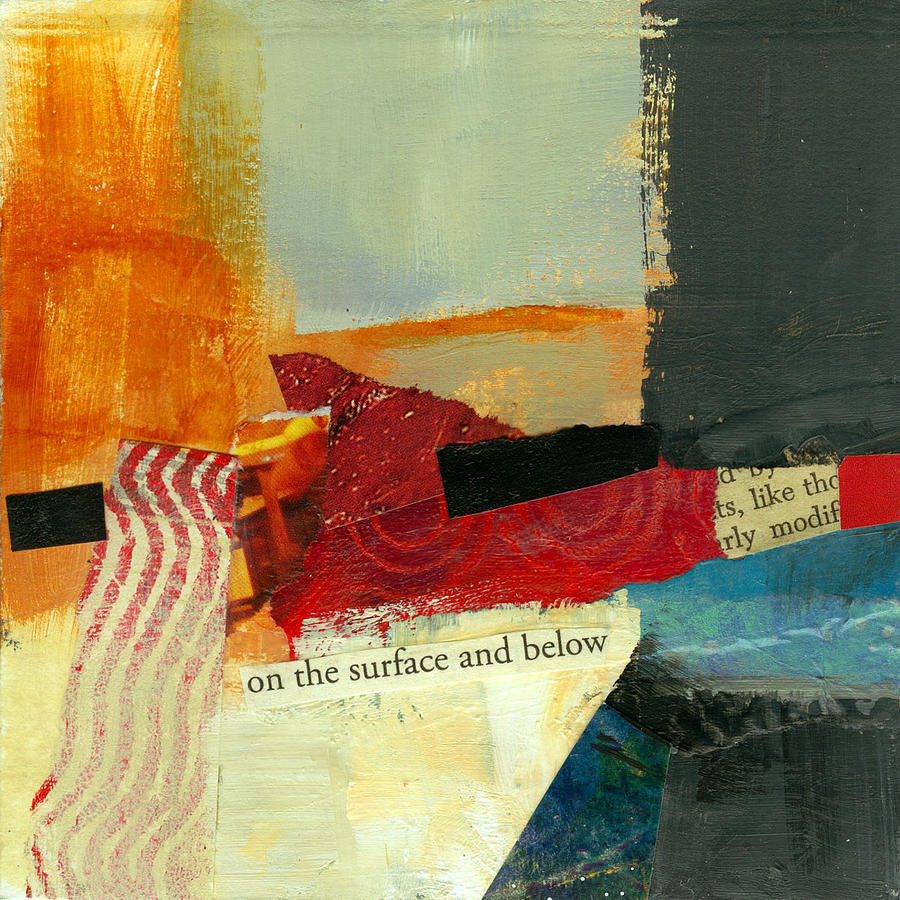

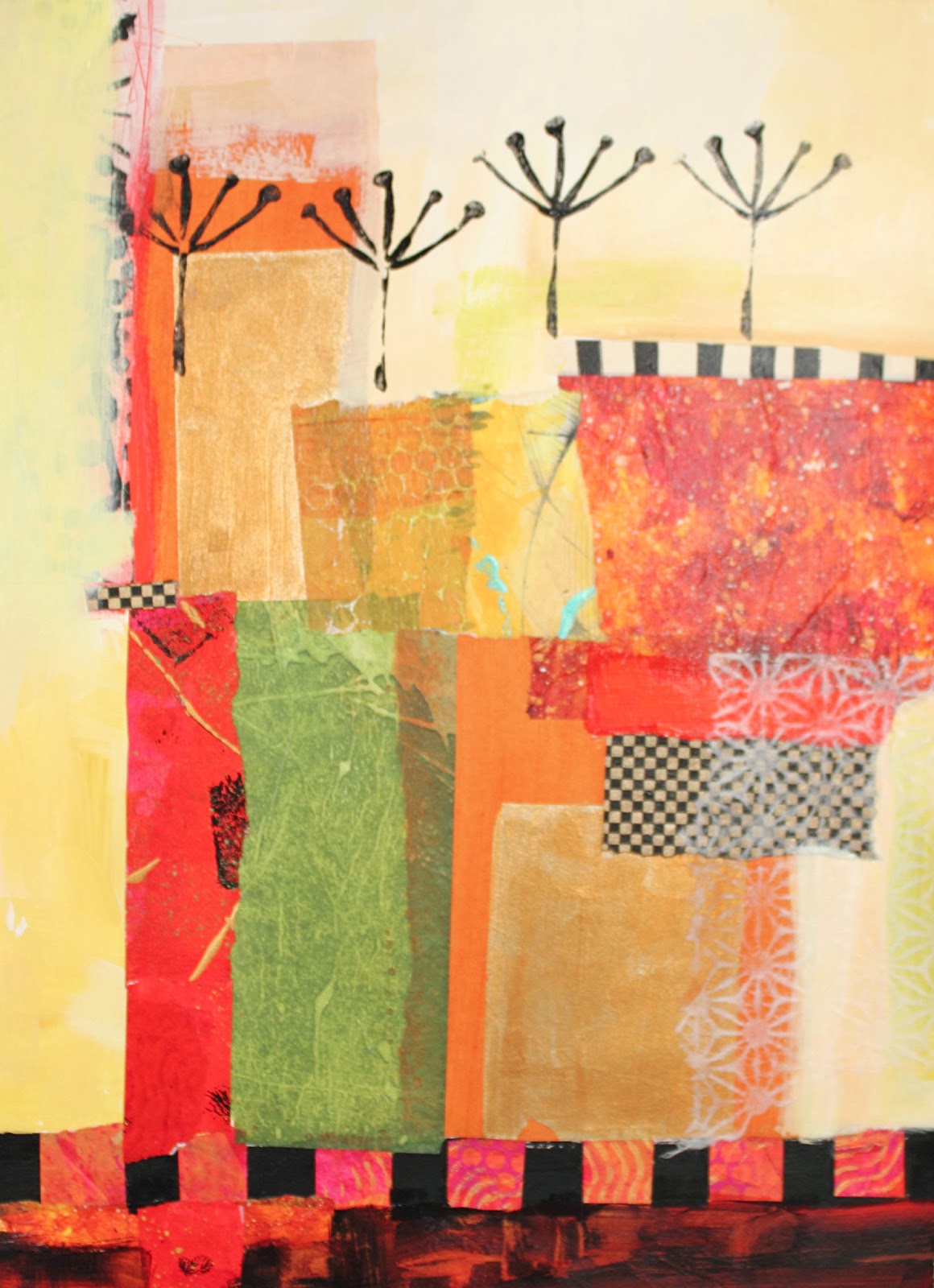

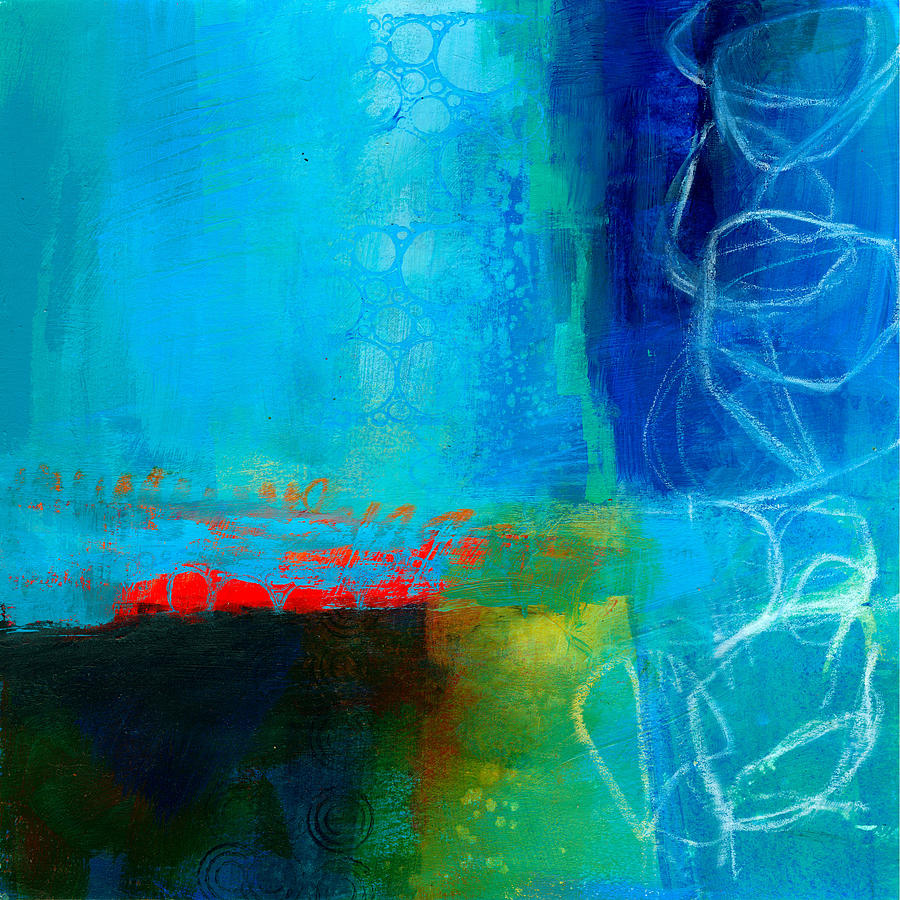
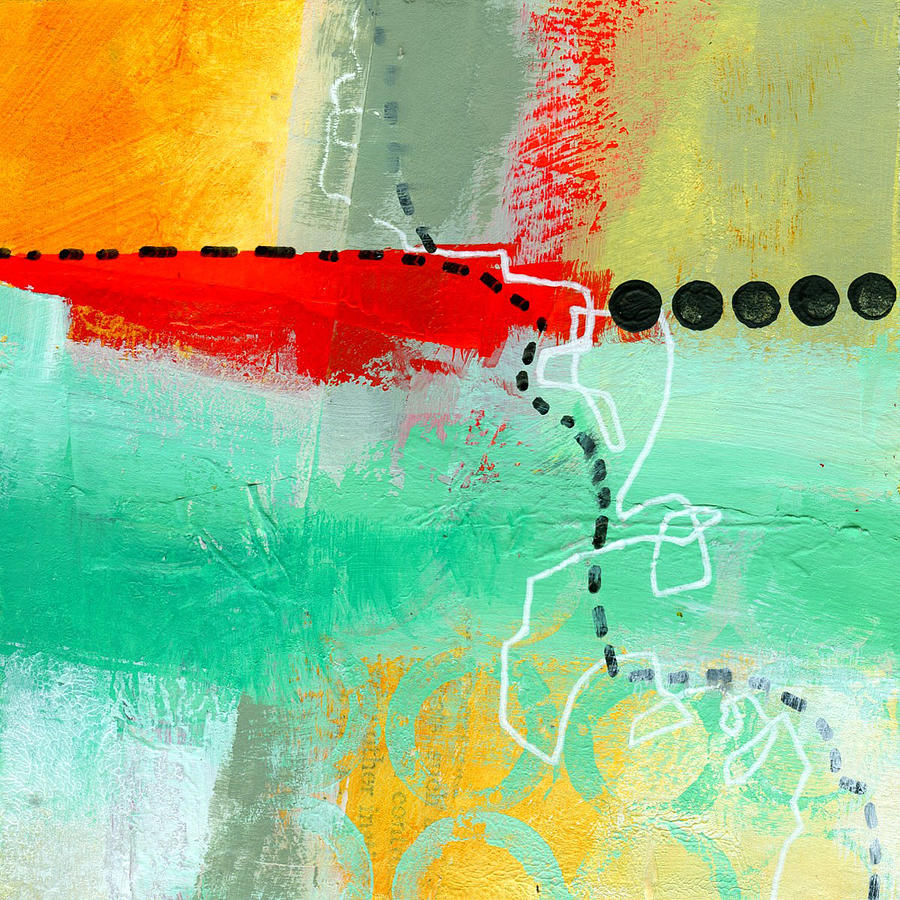
What a wonderful interview! Great!
I love it!
Great advice about making art. Thanks for the interview. Love the paintings, too.
Thank you. I love Jane. I have been fortunate to take 3-4 classes with Jane and she’s as true as can be… besides being a great artist.
Wonderful, inspiring, perfect!
I have admired your work for so long.
And, if I had a bucket list, a class with you would be on it!
Thanks so much for a great interview and sharing!
Fantastic art here. Enjoyed her interview. It would be fun to take a class from her.
Great interview love jane
Thank you Jane for yhe interview! Hope to sign up for one of your classes next year!
Eye opener for. me. Thank you, I shall make more art.
Jane is a favourite artist of mine, and a great teacher. I’ve enjoyed learning a little more about her thoughts on art-making.
She is a favorite of ours as well. Kim and I (Tom) are taking a workshop with her in January!